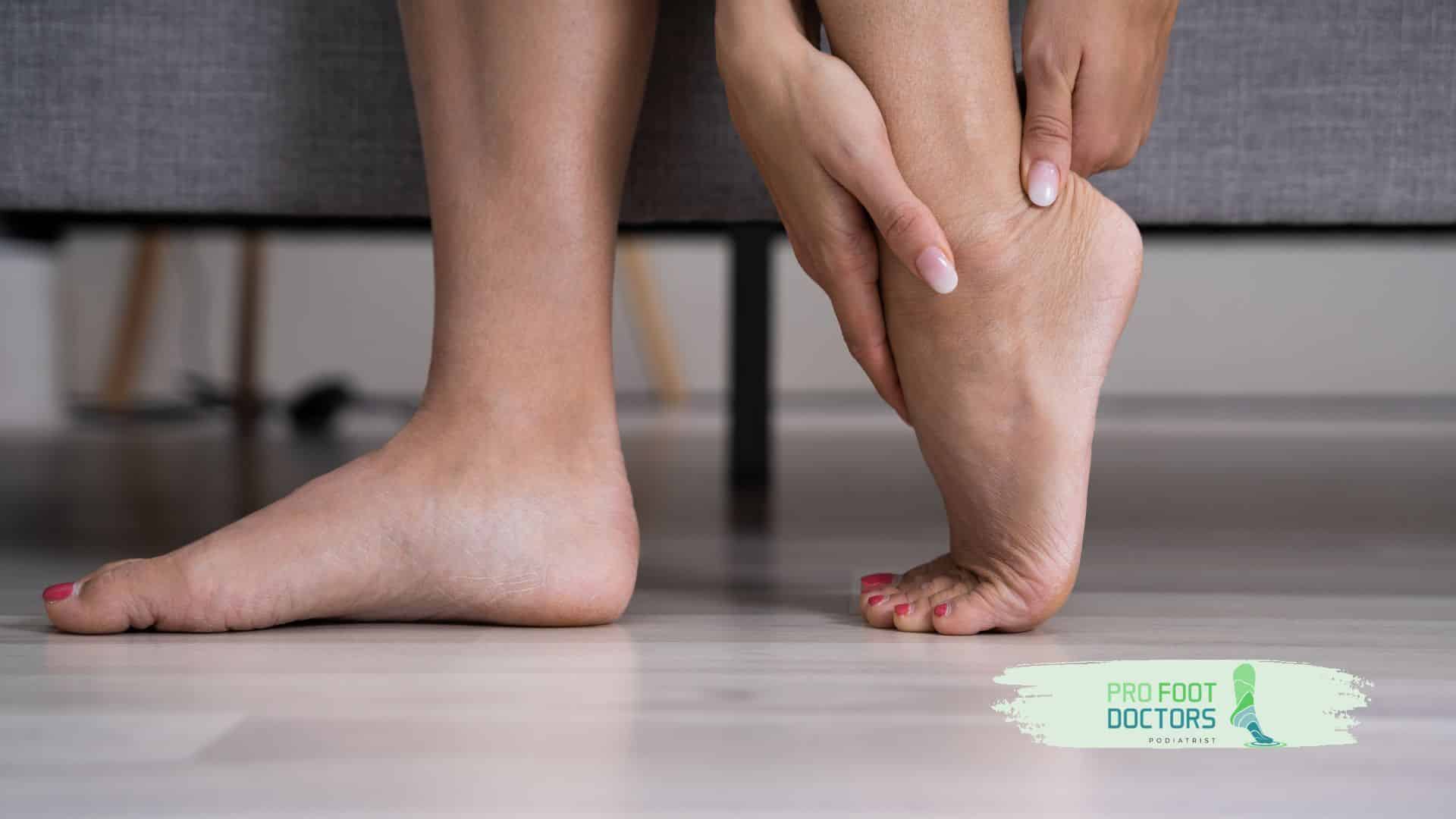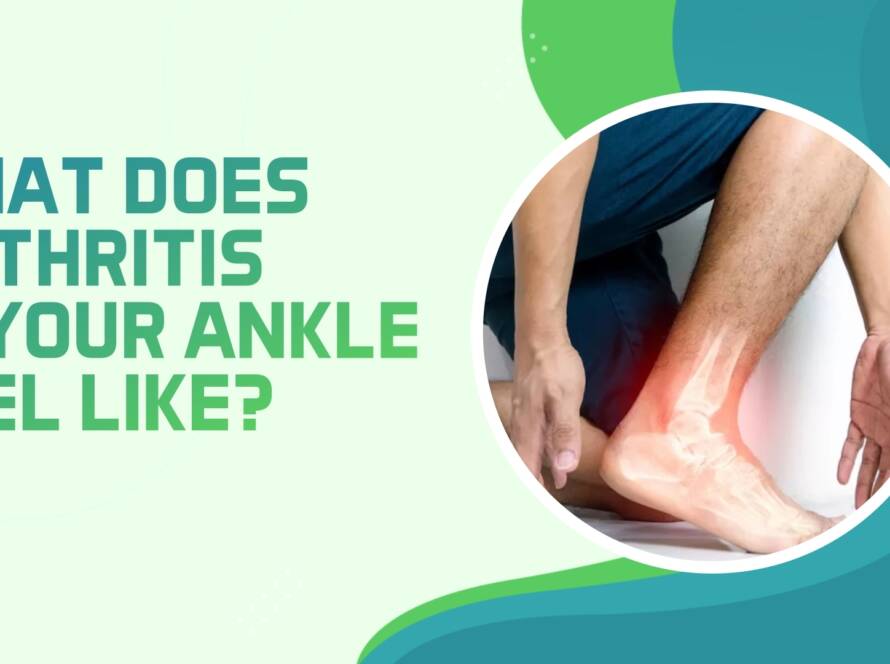Your Achilles tendon joins your heel to your calf muscle. Your Achilles tendon can get torn by crash landing on your heel from a jump while playing some sports or while stepping into any hole. In such a scenario, the Achilles tendon surgery is done to repair it if there is a total tendon Achilles tear.
What Is Achilles Rupture Or Achilles Tendon Injury?
The Achilles tendon is the largest tendon in the body. It is used for walking, running, and jumping and joins the heel bone to the calf muscles.

Although the Achilles tendon is strong enough to withstand stresses from jumping and running, it is still susceptible to injury. You must be wondering what exactly a rupture of the Achilles tendon is. Well, it is a tear and separation of the tendon’s fibers, making it impossible for the tendon to function normally.
Tendon Achilles injuries can result in pain, weakness, swelling, and decreased movement at the back of your ankle. The two common injuries of the Achilles (as it is often referred to) are—
- Acute Rupture – a total or partial tear that happens due to overstretching of the tendon.
- Achilles tendinopathy – earlier known as tendonitis or tendinitis. It is a chronic condition resulting in a breakdown of the tendon. This is because of several tiny tears leading to tendinosis.
Can A Torn Achilles Tendon Heal On Its Own?
A torn tendon rarely heals with rest and bracing, and many people need surgery to repair it.
The Achilles tendon is a thick band of tissue connecting your heel bone to your calf muscle. The longest and largest tendon in the body is built for handling immense stress. Nonetheless, it can rupture under extreme stress. This can happen when you fall, or you start or stop suddenly. This junction or region has a smaller blood supply than the muscular region of the leg. It can heal with rest and bracing in some cases. Meanwhile, many might require surgery to repair it.
When talking about rehab and activity, your provider might ask you to start moving your heel. This might be around 2-3 weeks or even 6 weeks after the injury. Many people can get back to normal activity within a period of 4-6 months with the help of physical therapy. You can learn about exercises to strengthen your calf muscles and provide more flexibility to your Achilles tendon.
Take care to stretch your calf muscles slowly and steadily. Make sure not to bounce or use extreme force while using your loge.
You are at higher risk of getting your Achilles tendon injured again after healing. So, you must do the following—
- Keep in good shape and always do stretching before doing any exercise.
- Don’t wear high-heeled shoes or footwear.
- Consult your provider to know whether it is safe to play basketball, tennis, racquetball, or
- other sports that involve immediate stops and starts.
- It is important to follow an adequate warm-up and stretching before any exercise.
If Your Achilles Tendon Is Ruptured
You may hear a pop when your Achilles tendon gets ruptured. This is followed by a sharp pain in the ankle’s back and the lower leg, affecting your walking ability. A torn Achilles tendon is, undoubtedly, a traumatic foot injury requiring medical aid.
An Achilles tendon rupture might not get healed properly without treatment. Moreover, it might increase the risk of getting ruptured again.
Often foot surgery is performed to repair the rupture. However, nonsurgical treatment does work equally well for many people.
Walking With A Cut Achilles Tendon
Can you walk with a cut Achilles tendon? Well, you can move forward with a cut Achilles tendon, but it will not be normal walking. You might walk with a flat foot. The Achilles tendon joins your heel bone to your calf muscles. You are unlikely to lift up on your toes. In addition, your calf muscles will not be able to push you forward, which means your walking pattern will be flat foot.
Signs Your Achilles Tendon Is About To Rupture
The feeling of getting kicked in your calf.
- Severe pain along with swelling near your heel.
- Inability to bend your foot downward or push off the leg with injury while walking.
- Inability to stand on your toes of the injured leg.
- A snapping or popping sound after the occurrence of the injury.

Achilles Tendon Injury Treatment
Any individual who has a rupture in their Achilles tendon can be a testimony to the severity of the pain felt. But If your Achilles tendon is cut, will you die? Certainly No. Depending on the injury’s severity, the patient shall be required to wear a walking foot or a cast, or they may require surgery.
The therapists offer different treatments for rehabilitating the tendon post-surgery. This normally starts with evaluating the ankle, typically checking the range of strength, motion, functional ability, and quality of motion. This is followed by hands-on treatment for relieving soft-tissue restrictions of the lower leg, calf, and foot to improve ankle mobility.
Once the symptoms show improvement, the therapists shall educate the patient on functional activities to help the patient return to full physical activity. Getting the detailed guidance of a reliable podiatry expert can greatly help the patient.
Ruptured Achilles Tendon Recovery
You are likely to get back to full activity at 4 to 6 months but until about 12 months after surgery, you may not have total recovery. That is, for low-impact activities like hiking and walking, it takes up to six months, while nine months to one year is the time usually required for higher-impact activities like football or soccer.
Related Question
1. What Happens If Your Achilles Tendon Is Cut In Half?
You may hear a pop when your Achilles tendon is cut in half. After hearing the sound, you can witness severe ankle, back, and lower leg pain that may affect your walking ability. Surgery is often performed to repair the rupture. However, nonsurgical treatment may work quite well for several people.


